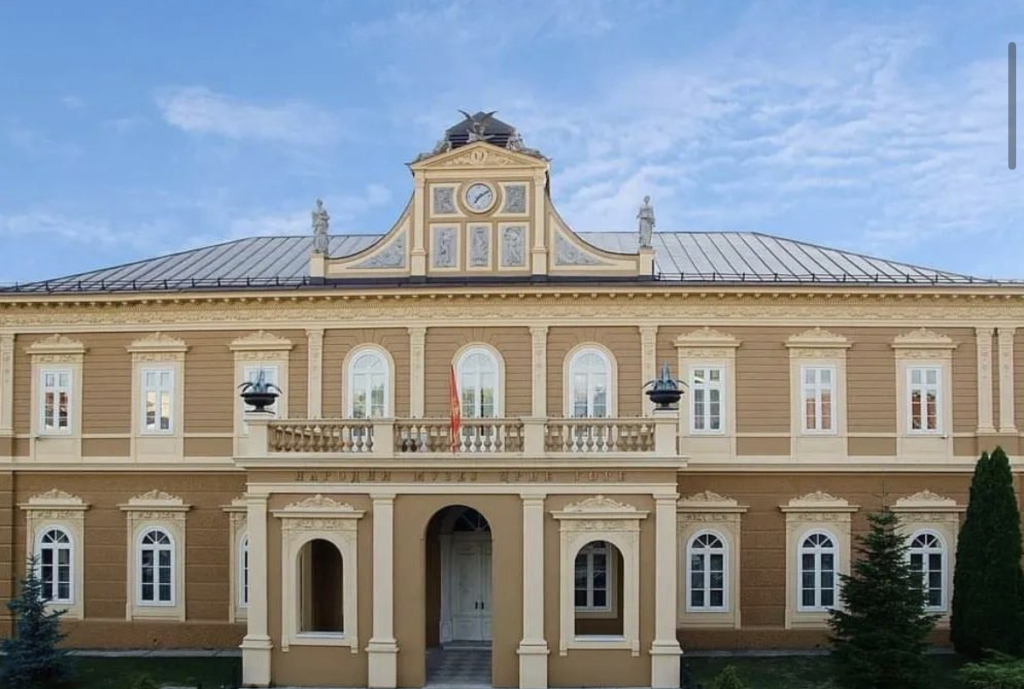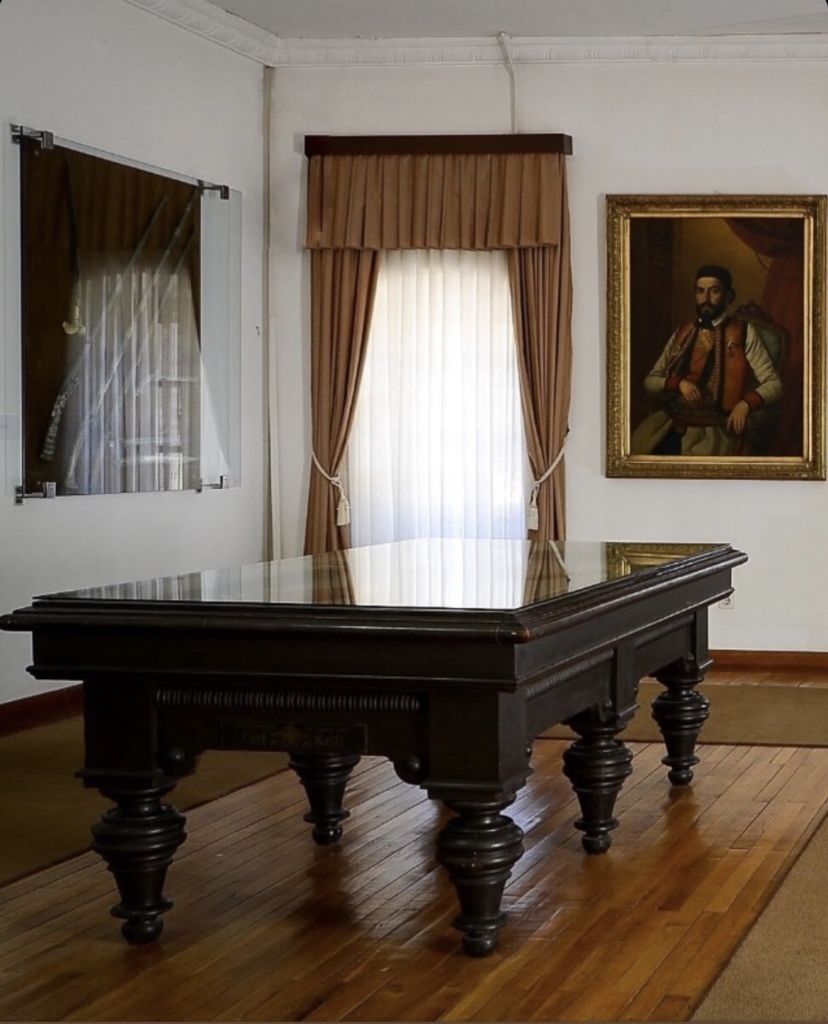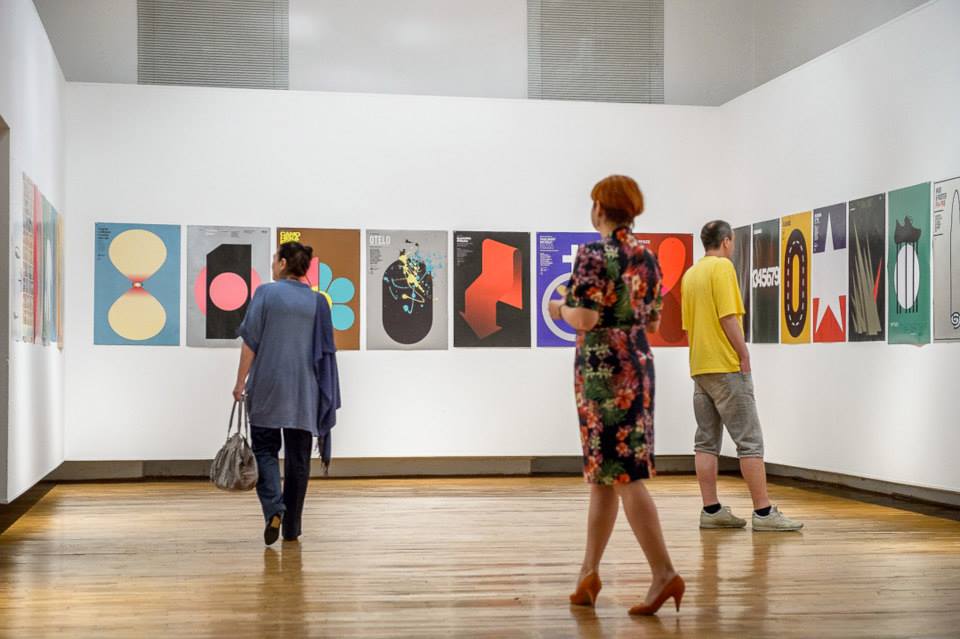The Balkan Peninsula’s gorgeous nation of Montenegro is home to a wealth of historical and cultural treasures. The magnificent National Museum of Montenegro, a keeper of the country’s history, is one of its numerous treasures. Visitors can gain a profound understanding of Montenegro’s past, art, and rich cultural legacy through the museum’s diverse collection, which is housed in magnificent architectural treasures. This blog explores the National Museum’s past, relevance, and attractions in order to highlight its value as a cultural institution.
The aspirations of the nation for cultural preservation and national identity are at the heart of the National Museum of Montenegro’s historical past. The beginnings of the museum can be found in the late 19th century, under the rule of King Nicholas I of Montenegro.
Historical Background:
A national museum was established in Montenegro in 1896 with the intention of gathering and presenting the nation’s historical treasures, works of art, and cultural heritage. During that time, nationalism was on the rise in Europe, and many nations aspired to create institutions that would honor their distinctive histories and identities.


The museum’s initial collection was put together from a variety of sources, including gifts from wealthy individuals and purchases of priceless works of art and historical items. The collection grew throughout time as a result of archaeological excavations, ethnographic studies, and purchases made both domestically and abroad.
Did you know? One of its highlights is the Relic of the True Cross, believed to be a piece of the cross on which Jesus was crucified.
The Blue Palace in Cetinje, then-capital of Montenegro, served as the museum’s first home. It held a wide variety of exhibits, such as weaponry, clothing from other cultures, manuscripts, anthropological items, and works of art. The development of additional branches and display spaces across the nation was necessary as the museum’s collection developed and it ran out of room.
The National Museum encountered several difficulties over the course of Montenegro’s turbulent history, which was characterized by wars, political upheaval, and shifting boundaries. It went through phases of closure, transfer, and reorganization. The museum persisted, proving its dedication to safeguarding Montenegro’s cultural legacy despite these challenges.
The Multifaceted National Museum of Montenegro
The National Museum of Montenegro is a complex type of museum that is divided into several organizational units: The Njegoš Mausoleum, King Nikola’s Palace, A permanent display at the History Museum, Njegoš Biljarda Palace, The birth home of Petar II Petrović Njegoš, Montenegrin Art Museum, Atelje DADO, Art Gallery “Miodrag Dado Đurić.”, Montenegrin Archaeological Museum.
The Njegoš Mausoleum
The Njegoš Mausoleum is a noteworthy architectural and cultural landmark in Montenegro, perched atop Mount Lovćen. It was built in 1974 and this is where Petar II Petrović Njegoš, a Prince-Bishop of Montenegro, renowned poet and philosopher who had a major influence on Montenegrin identity, rests in peace. Ivan Meštrović, a renowned Croatian sculptor, created the distinctive white structure of the tomb, which serves as a symbol of Montenegro’s rich cultural history. Atop the tomb, visitors can take in panoramic views of Montenegro’s stunning surroundings.

King Nikola’s Palace
Address
Dvorski trg – Cetinje Montenegro
Museum opening hours
11.04-15.11. | 9-17h | every day
16.11-10.04. | 9-15h | Monday-Friday
Admission fee
Adults: 8€
Pupils and students: 4€
King Nikola’s Palace, in Cetinje, is a masterpiece of architecture and was home of King Nikola I Petrović-Njegoš, the final monarch of Montenegro. The palace, which dates back to the 19th century, has an attractive fusion of architectural forms, including neoclassical and baroque elements. The former royal residence is currently home to the King Nikola Museum, which makes use of a variety of artifacts, records, and personal effects to shed light on the monarch’s life and reign.


A permanent display at the History Museum
Address
Novice Cerovića bb
Cetinje, Montenegro
Museum opening hours
11.04-15.11. | 9-17h | every day
16.11-10.04. | 9-15h | Monday-Friday
Admission fee (history museum and art museum)
Adults: 5€
Pupils and students: 2.5€

The Government House building houses the history museum. The History Museum’s permanent exhibition provides visitors with a timeline of this region’s history, from the earliest known human remains to the present. The display, which was initially set up in 1989, was renovated in 2011 to include museum artifacts from the time before Austria-Hungary occupied Montenegro in 1916. On May 21, 2016, to commemorate the tenth anniversary of Montenegro’s restoration of independence, the exhibition space devoted to the era from the First World War to 2007, which was completed with the approval of the Constitution of the internationally recognized sovereign state, was officially opened.
Njegoš Biljarda Palace
Address
Dvorski trg – Cetinje Montenegro
Museum opening hours
Billiards | Lapidarium | Relief map of Montenegro
11.04-15.11. | 9-17h | every day
16.11-10.04. | 9-15h | Monday-Friday
Admission fee
Adults: 5€
Pupils and students: 2.5€
Petar II Petrović Njegoš once lived in Cetinje, Montenegro, at the Njegoš Biljarda Palace, a historic home. The palace, built in the 1830s as Njegoš’s vacation home, bears his name in honor of the pool table he installed. It now serves as a museum displaying Njegoš’s writings, belongings, and pictures while also shedding light on Montenegrin culture and his literary accomplishments. Visitors can get an insight into the life and activities of this important man in Montenegrin history by visiting the palace, which is a noteworthy landmark.


The birth home of Petar II Petrović Njegoš
Address
Njeguši bb
Cetinje, Montenegro
Opening hours:
11.04-15.11. | 9-17h | Everyday
16.11-10.04. | closed for visiting
Admission fee (Njegoš’s mausoleum with Njegoš’s birth home)
Adults: 8€
Pupils and students: 4€
The birth home of Petar II Petrović Njegoš is where he grew up in the Montenegrin town of Njeguši. It is a classic stone building that has been conserved and is now a museum that displays Njegoš and his family’s home life. Visitors can learn about his upbringing and the cultural setting that affected his poetry and philosophy by seeing the house. It is a prominent location honoring Montenegro’s cultural heritage and the legacy of Njego, surrounded by picturesque landscapes.

Montenegrin Art Museum
Address
Novice Cerovića bb
Cetinje, Montenegro
Museum opening hours
Closed due to space reconstruction.
Contemporary and traditional artworks are on display at the Montenegrin Art Museum in Cetinje. The museum, which is located in the former Russian embassy building, displays works of art created by Montenegrin and foreign artists. Through transient exhibitions, seminars, and educational initiatives, it promotes artistic discussion. The museum, which honors Montenegro’s artistic past and encourages creative expression, is situated in Cetinje, a center for culture. To find out more about the art galleries in Montenegro, see our blog Best art galleries in Montenegro.

credit Narodni muzej Crne Gore
With the aim of presenting the evolution of Yugoslav and Montenegrin modern art up to the present and gaining insight into the artistic and stylistic changes in these areas over the course of almost 150 years, the permanent exhibition of the Art Museum includes representative works from various collections.
Atelje DADO
Address
Dvorski trg bb
Cetinje, Montenegro
Opening time
Tuesday-Saturday 9 a.m. – 5 p.m.
Admission fee
No admission fee
Atelje DADO is a studio and gallery in Cetinje, Montenegro, devoted to the well-known Montenegrin artist Miodrag Dado Đurić, or DADO. The atelje, or “studio” in Montenegrin, is a place where the artistic tradition of DADO is honored and preserved.
The studio functions as a cultural hub, presenting contemporary art exhibitions, workshops, and events. It supports artistic conversation and gives up-and-coming artists a venue to exhibit their work, adding to the thriving art scene in Cetinje and throughout Montenegro.

Art Gallery “Miodrag Dado Đurić.”
Address
Balšića Pazar bb
Cetinje, Montenegro
Museum opening hours
07.04-15.11. | 9-17h | Tuesday-Saturday
16.11-31.12. | 10-16h | Tuesday-Saturday
01.01 – 06.04. | closed
A notable cultural organization devoted to promoting Montenegrin art is the Montenegrin Art Gallery “Miodrag Dado Đurić.” The gallery, which is situated in Cetinje, Montenegro, bears the name of renowned Montenegrin artist Miodrag Dado Đurić. Paintings, sculptures, and mixed media works by regional and international artists are among the current artworks on display. As a venue for creative expression and cross-cultural interaction, the gallery presents exhibitions, artist residencies, and educational initiatives. It serves as a thriving center for the appreciation of Montenegrin art and its influence on the world of art.


Montenegrin Archaeological Museum
Address
Novice Cerovića bb
Cetinje, Montenegro
Museum opening hours
11.04-15.11. | 9-17h | every day
16.11-10.04. | 9-15h | Monday-Friday
A lapidarium, or collection of prehistoric stone artifacts, is kept in the Montenegrin Archaeological Museum. The museum displays objects from various archaeological discoveries, including Roman, Illyrian, and Greek items. The lapidarium features a variety of carved stones, written texts, and building pieces that shed light on Montenegro’s lengthy prehistoric past. It provides tourists with a window into the area’s aesthetic and cultural legacy while underlining the importance of these antiquated objects in comprehending Montenegro’s past.

The National Museum of Montenegro actively preserves and promotes Montenegro’s historical history in order to serve as a custodian of the country’s cultural heritage. The museum preserves the lifespan and accessibility of artifacts and works of art for both the present and future generations by gathering, preserving, and displaying them. Additionally, it plays a significant role in education through planning workshops, talks, and guided tours that offer insightful perspectives on Montenegro’s past.
The National Museum of Montenegro serves as a symbol of the nation’s rich cultural legacy, artistic expression, and historical past.







